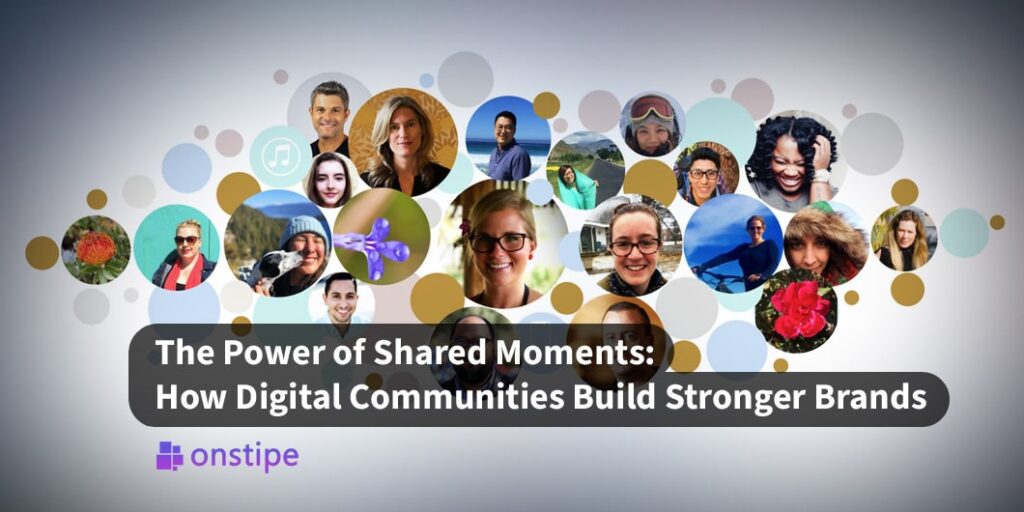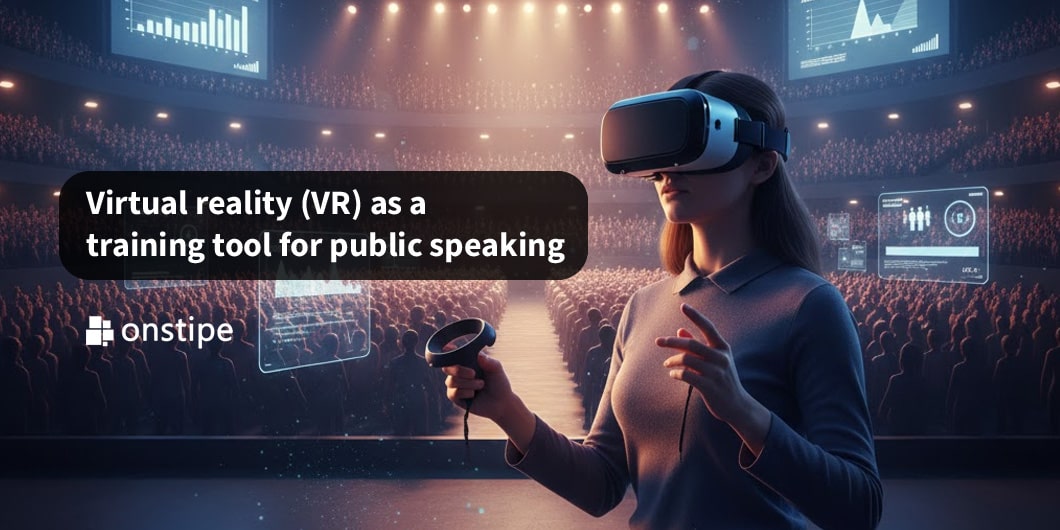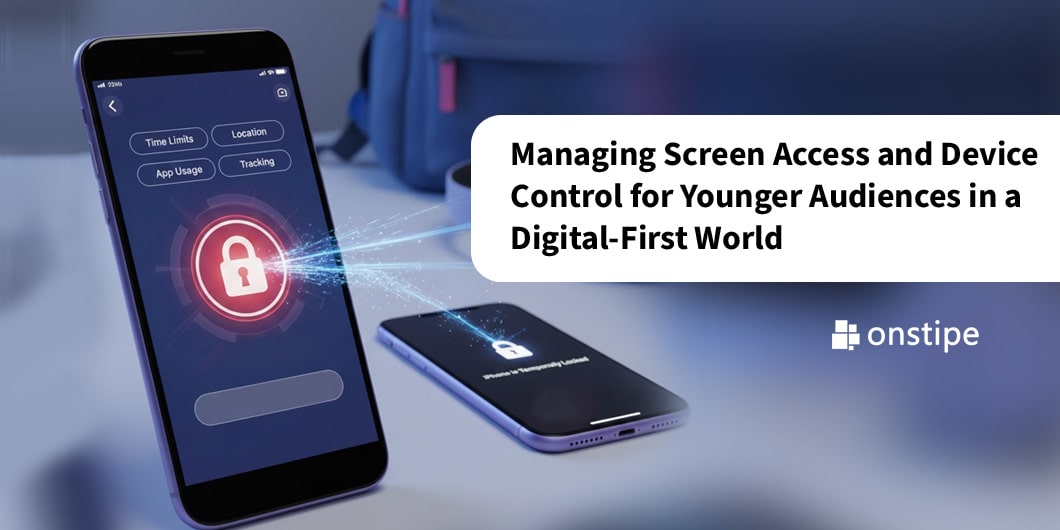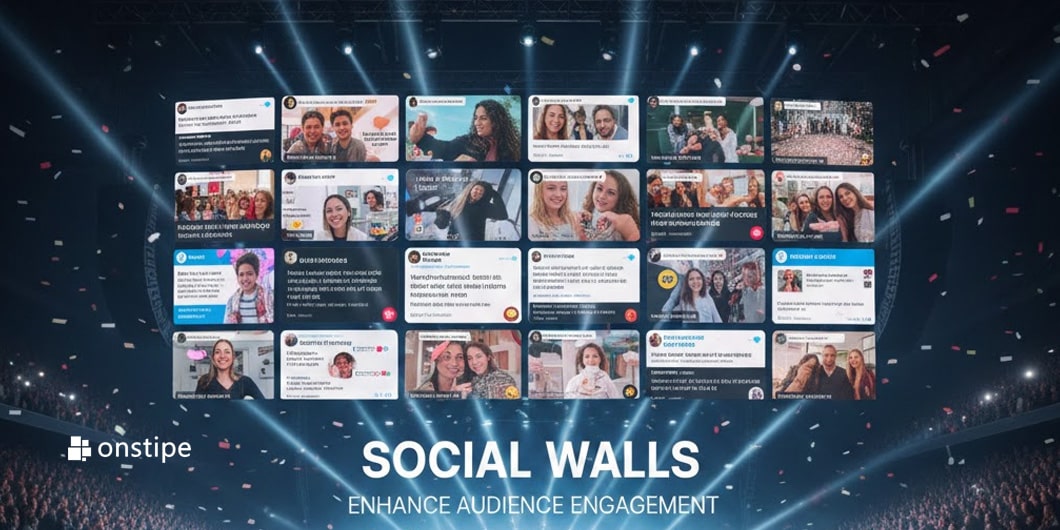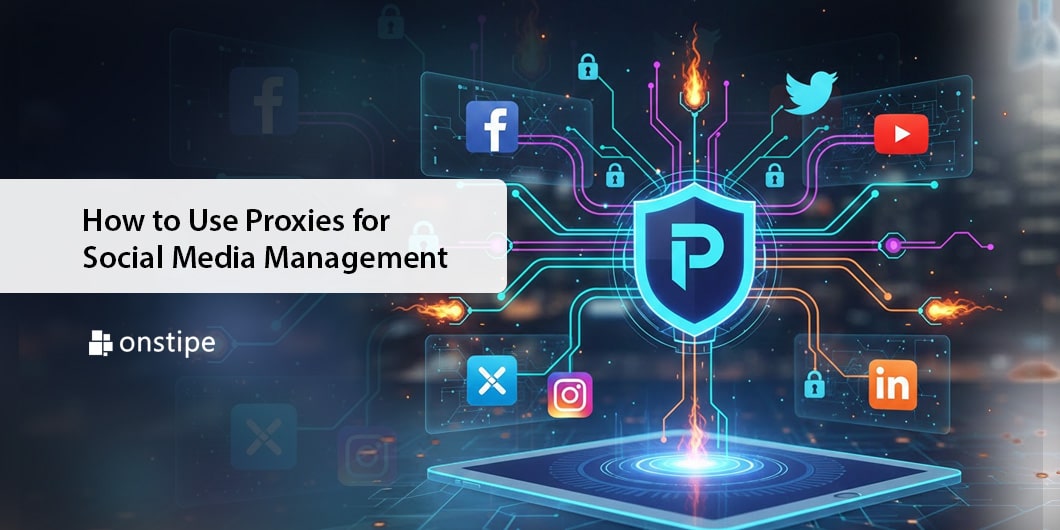The most trusted marketing out there right now? Honestly, it’s whatever people say to each other when brands aren’t in the room. That’s the twist — and the opportunity.
We’re swimming in content. Feeds overflow, ads repeat, everything tries to grab attention. And yet, what sticks is something far simpler: people sharing real moments with each other. I’ve watched brands pour huge budgets into campaigns, only to be overshadowed by a heartfelt post from a fan who just… gets them. That’s rare. But real.
This article digs into how digital communities turn strangers into contributors, contributors into storytellers, and storytellers into long-term allies. It’s not magic — it’s shared experiences, trust, and a bit of emotional gravity pulling people toward something that feels bigger than a product.
Why Community Is the New Marketing Engine
Brands used to chase “audiences.” Now they’re trying to build communities — because the old playbook doesn’t hit like it used to. People want to participate, not just watch. And when someone genuinely connects with a brand’s ecosystem, they don’t just consume; they advocate.
Let’s be real: a polished ad campaign can’t compete with a friend saying, “Hey, this helped me.” People trust people. Even imperfect, grainy UGC videos outshine the most carefully produced corporate messages because they carry that spark of honesty.
Communities create an environment where storytelling isn’t a one-way broadcast — it becomes a cycle. UGC, stitched videos, duets, remixes, comments, debates, fan-made edits… all of it becomes proof that the brand has a heartbeat. And once users feel like the brand is listening, not lecturing, the connection deepens.
The expectation has shifted. Brands aren’t meant to act like megaphones anymore. They’re more like hosts at good house parties: inviting, attentive, making sure everyone feels welcome enough to stay.
The Psychology of Belonging in Online Spaces
Why do people gather in digital communities in the first place? It’s not just to scroll. It’s for validation, identity, contribution — that sense of being part of something that reflects who they are or who they want to be.
People stay where they feel seen.
When someone joins a community and notices that their posts matter, their opinions shape the conversation, or their creativity sparks new ideas, they start investing emotionally. That emotional investment is the fuel for repeat engagement — the kind of loop no algorithm can manufacture on its own.
Two-way communication is the glue here. A community where people talk with the brand, not at the brand, grows legs. I’ve seen it happen: a simple Q&A, a behind-the-scenes peek, or even a small repost can make people feel like collaborators instead of spectators.
Some brands already get this right. They build social walls with real customer content, launch hashtag campaigns that turn into movements, or develop collaborations where fans co-create visuals, stories, or even new products. The message is subtle but powerful: “You belong here. Your voice matters.”
Collaboration as a Catalyst for Connection
Co-creation isn’t just a trendy concept — it’s the backbone of how stories spread today. When brands invite people into the process, everything shifts. Narratives stop being static and start evolving with every contribution.
One fascinating angle comes from studying collaborative dynamics in relationships. Midway through exploring this topic, you can see how similar principles apply to brand communities. Studies of collaborative dynamics, such as those explored in https://onlymonster.ai/, show that authentic partnerships thrive on transparency, shared goals, and a willingness to shape something together. And honestly, that’s the same foundation brands need when engaging with their audiences: trust built slowly, but held firmly.
When community members help craft a brand’s narrative, the brand becomes less of a distant entity and more of a shared project. That shift is powerful. It says: “We’re building this together.”
And once that mindset takes hold, loyalty becomes deeper than preference — it becomes personal.
Leveraging User-Generated Content for Brand Growth
If you’ve ever compared a sleek brand commercial to a messy, funny, genuine piece of UGC and felt more moved by the latter, you already know why UGC wins. It’s raw. It’s human. It’s alive.
User stories, photos, and videos carry social proof that no brand can fabricate. They act like mirrors, letting people see themselves inside the brand’s universe.
Collecting this content strategically — and respectfully — is key. Tools like social media aggregators (Onstipe is a solid example) help brands pull in posts from across platforms and display them in hubs, event screens, websites, or product pages. The effect is immediate: a living mosaic of real experiences.
But UGC isn’t just “free content.” It comes with responsibility. Creators should be credited, communities should be moderated with care, and feedback — even the uncomfortable kind — should be welcomed. Community trust is earned by how the brand handles the small things.
I’ve seen brands lose credibility by reposting without asking or by ignoring negative sentiment. And I’ve seen others thrive simply because they treated their community like true collaborators. And it works. Every single time.
Measuring the Impact of Community Engagement
Here’s the catch: you can’t grow what you don’t measure.
Community health isn’t just “likes” or “follower count.” Those numbers look good in screenshots but don’t say much about depth. What matters more is participation — how many people contribute, share, comment, remix, challenge, and build on the story.
Key metrics worth paying attention to:
- Participation rates: Are people joining the conversation or just watching?
- Content shares: Do people care enough to spread the word?
- Sentiment analysis: What’s the emotional temperature of the community?
- Contribution diversity: Are many voices shaping the narrative, or just a handful?
Qualitative feedback also matters more than most brands admit. Community members reveal pain points, desires, and unexpected opportunities through what they ask for and what they create. If you listen closely, strategy becomes clearer.
The ROI of authenticity doesn’t always spike immediately, but over time it generates a more stable and loyal customer base. Quality engagement beats noisy engagement — always. Maybe that’s the real secret: connection compounds.
Conclusion
The strongest brands today don’t shout. They sync, they share, they collaborate.
Digital communities turn passive audiences into active storytellers, and those stories become the backbone of modern brand identity. When people feel valued — not managed — they give more of themselves, and that contribution becomes the lifeblood of brand advocacy.
A brand that celebrates its community isn’t just building awareness. It’s building trust — the kind that lasts longer than any campaign.
Maybe that’s the real lesson hiding underneath all the data: connection isn’t manufactured. It’s nurtured, moment by moment, post by post, story by story. And that’s the pulse behind everything we build.

